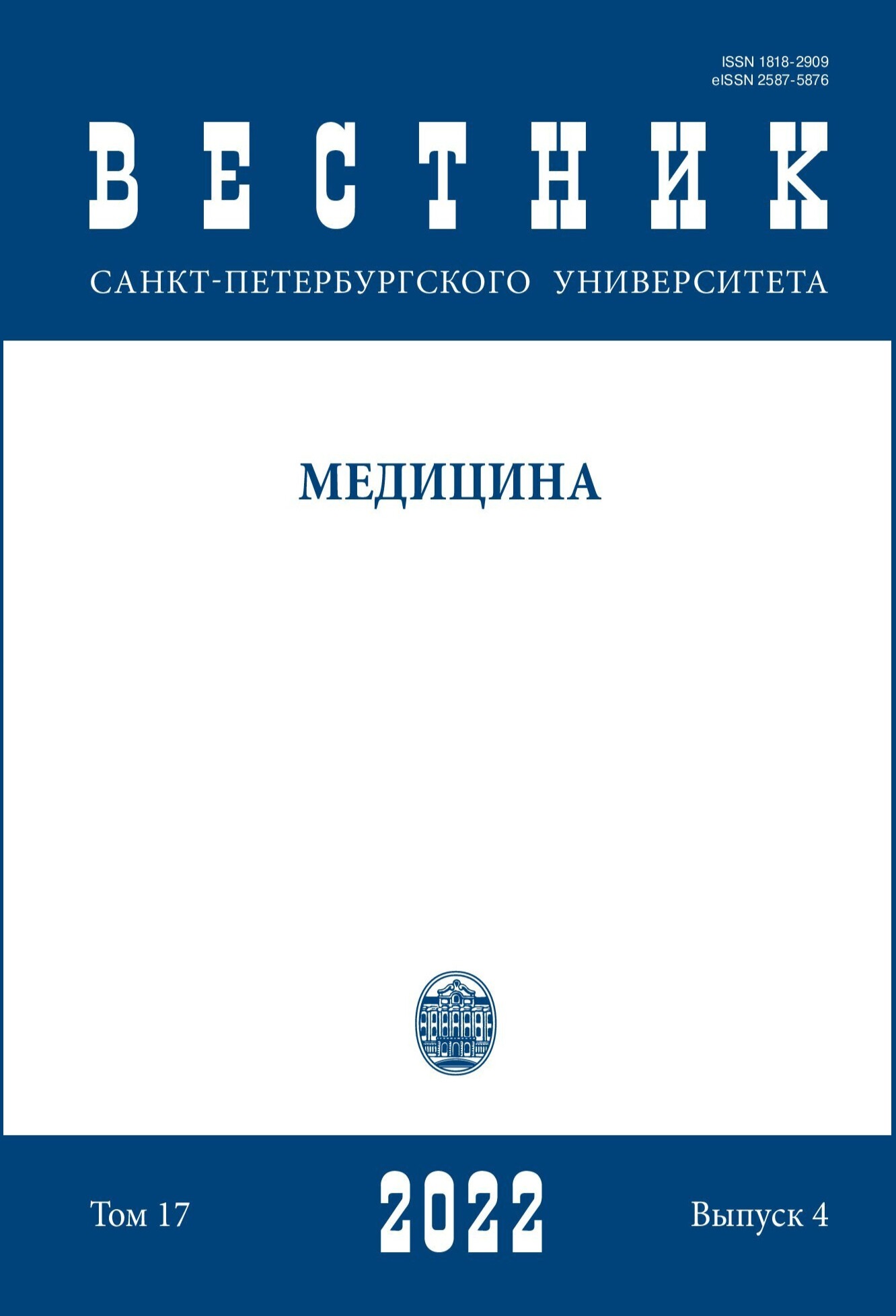Approximate standards for the generation of class B medical waste at the present stage*
DOI:
https://doi.org/10.21638/spbu11.2022.405Abstract
Closely related to the development of the healthcare system is the trend toward an increase in
medical waste. Updating the indicative standards for the generation of class B medical waste
is necessary for the correct operation of all sequential processes for handling medical waste.
Predicting the amount of class B waste generation makes it possible to optimize work in medical
organizations and reduce risks to the health of staff and patients. In this work, we noted a
significant increase in the generation of medical waste of class B in multidisciplinary hospitals
and Outpatient clinics in St. Petersburg and the Leningrad Region, as well as an increase in the
fraction of plastic in the composition of medical waste, a statistical evaluation of the results
was carried out and indicative standards for the formation of medical waste of class B were
proposed. data on indicative standards for waste generation in departments are extremely
relevant due to the different fractional and morphological composition of waste, an extremely
high potential infectious risk (including the spread of multidrug-resistant strains) in a number
of them, for example, in intensive care units, hemodialysis, and surgery.
Keywords:
class B medical waste, disposal technologies, medical waste management, plastic, multidisciplinary hospital
Downloads
References
References
Downloads
Published
How to Cite
Issue
Section
License
Articles of "Vestnik of Saint Petersburg University. Medicine" are open access distributed under the terms of the License Agreement with Saint Petersburg State University, which permits to the authors unrestricted distribution and self-archiving free of charge.




